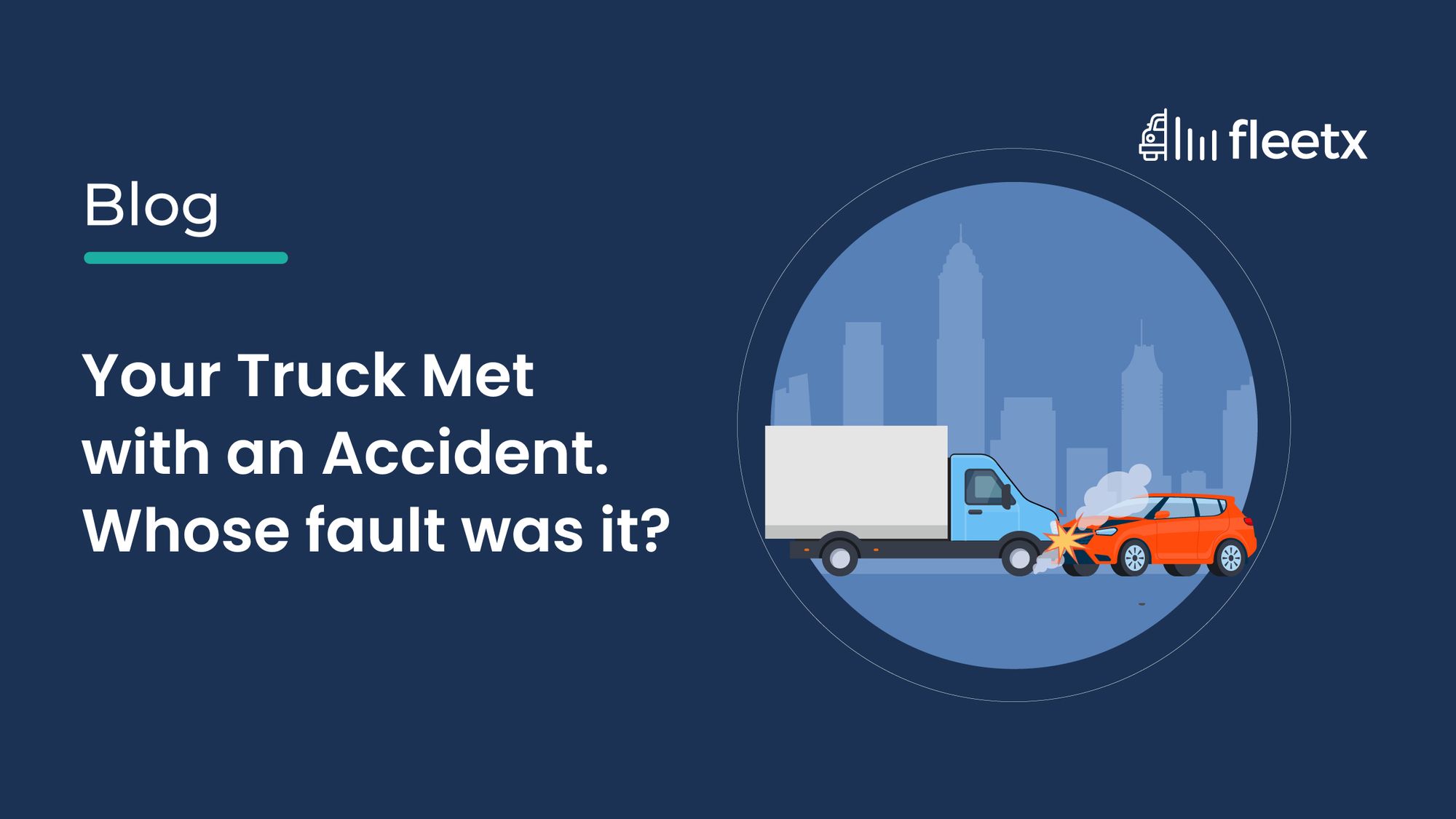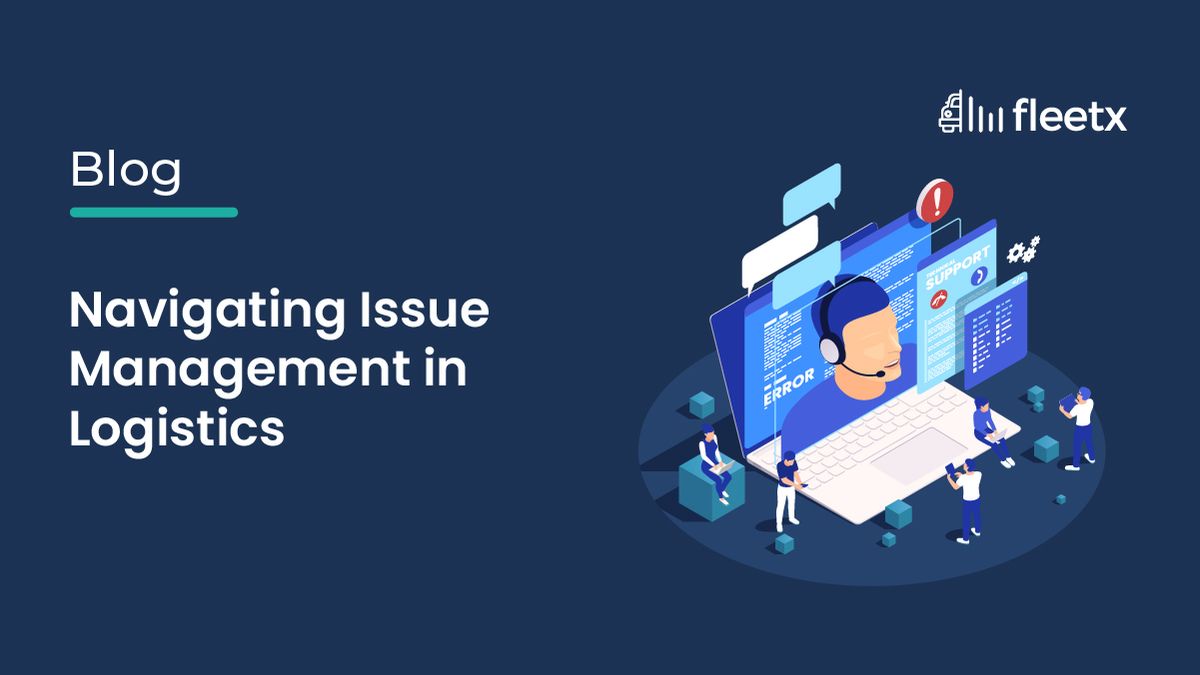
“Galti to badi gaadi ki he maani jaati hai”
How many times have you heard this? Unfortunately, this perception becomes the final judgment in road accidents. And this logic/perception is usually never favourable for truck drivers and truck owners.
Let’s deep dive into this strange phenomenon.
The Misunderstood Truck Drivers: Changing Perceptions with Technology
“Truck wale to bhut he gandi gaadi chlaate hai!”
In India, truck accidents often lead to immediate blame on the truck and its driver. There is a widespread belief that truck drivers drive unsafely, which creates major challenges for truck owners. When an accident occurs, proving the driver’s innocence and claiming insurance can be an impossible task.
Ironically the Transporter that we are so quick to blame, knows that if the shipment that he is delivering is damaged even slightly, it would be an impossible task for him to get payment for it.
The Blame Game: A Common Scenario
From where did this perception originate?
This automatic blame has originated from several factors:
- Speed & Size: Many people believe truck drivers are reckless due to the sheer size and speed of their vehicles.
- Media Influence: News reports often highlight truck accidents, reinforcing the stereotype of dangerous truck drivers.
- Legal and Insurance Hurdles: Insurance companies and authorities might also lean towards blaming the truck driver, making the process of claiming insurance or avoiding fines more complicated.
The Impact on Truck Owners
For truck owners, this automatic blame is more than just a matter of reputation—it has tangible financial and legal consequences:
- Difficulty in Claiming Insurance: Insurance companies may refuse or delay claims, assuming the truck driver’s fault without thorough investigation.
- Legal Challenges: Proving the truck driver’s innocence in court can be an uphill battle, often requiring substantial evidence.
The Role of Video Telematics and Driver Behaviour Monitoring
Fortunately, technological advancements are providing solutions that can help change this narrative. Two key technologies are making a significant impact: video telematics and driver behaviour monitoring.
Video Telematics:
Video telematics involves using cameras installed in and around the truck to record video footage. This footage can be invaluable in the event of an accident:
- Accident Reconstruction: Video footage can provide a clear, unbiased account of the accident, helping to reconstruct the events leading up to it.
- Evidence of Innocence: If the truck driver is not at fault, the footage can serve as concrete evidence to prove their innocence.
Driver Behaviour Monitoring:
Driver behaviour monitoring systems track various aspects of the driver’s performance, such as speed, braking patterns, and adherence to traffic rules:
- Performance Data: This data helps build a profile of the driver’s behaviour, showing whether they are generally safe and cautious or prone to risky driving.
- In-Depth Analysis: In case of an accident, this data can be analyzed to demonstrate that the driver was adhering to safe driving practices.
Benefits for Truck Owners and Drivers
By leveraging these technologies, truck owners and drivers can experience several benefits:
- Easier Insurance Claims: With clear evidence from video footage and driver behaviour data, insurance companies are more likely to approve claims.
- Reduced Fines: Proving the driver’s innocence can help avoid fines and legal penalties.
- Improved Driver Training: Monitoring systems can also be used to improve driver training and ensure safer driving practices in the future.
Conclusion
The perception that truck drivers are inherently unsafe can be challenging for truck owners, especially in the wake of an accident. However, with the help of video telematics and driver behaviour monitoring, it’s becoming easier to prove the innocence of truck drivers and streamline the insurance claim process. These technologies are not only changing perceptions but also contributing to safer roads and more reliable transportation in India. A lot of companies like HUL, Nestle, Castrol, Shell and many other top companies have deemed it necessary to have video telematics to work with them. By embracing these solutions, the trucking industry can move towards a fairer and more just system for all.






